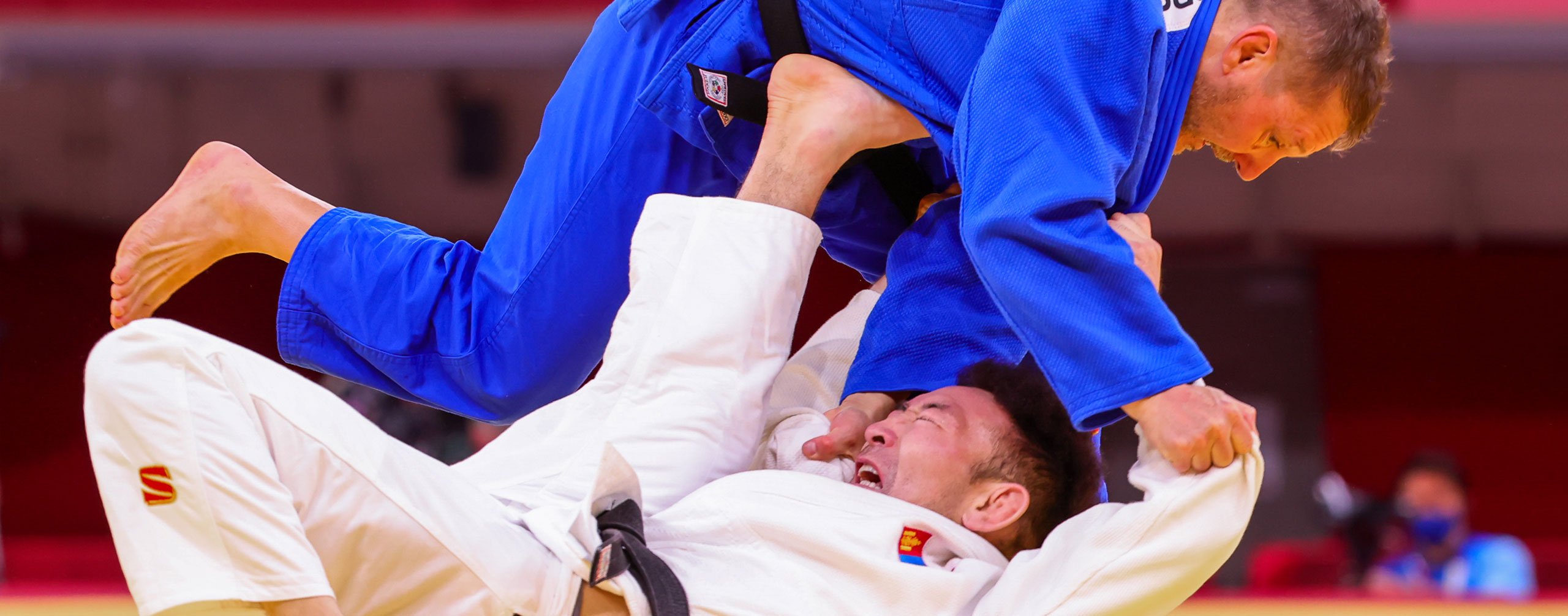Sports Summary
Para-judo was added to the Paralympic programme at the Seoul 1988 Paralympic Games.
The sport is open to athletes with a vision impairment across seven weight categories for men and six categories for women.
Para-judo requires athletes to employ a mix of attack and defence. Contests last five minutes and the athletes (judokas) gain points for throws, holds, armlocks and strangles in a bid to beat their opponent. The judoka who scores the higher number of points wins.
For more information on Para-judo Eligibility and How to Get Involved please see the Para-judo Information Sheet (PDF – 109KB) – updated December 2022.



